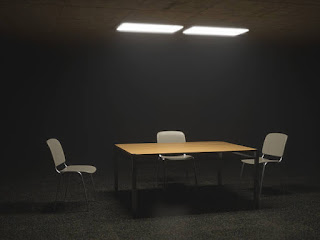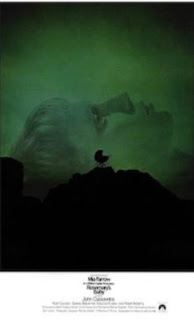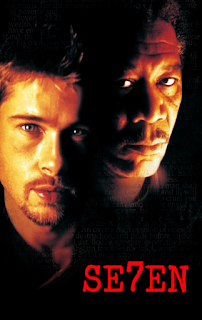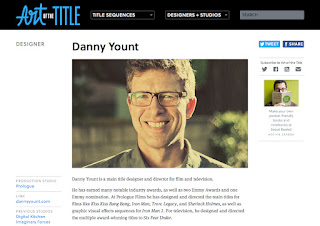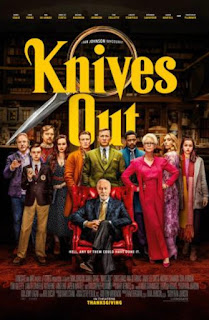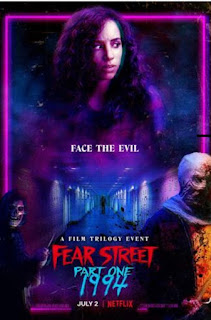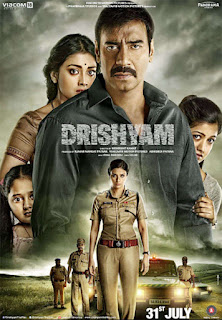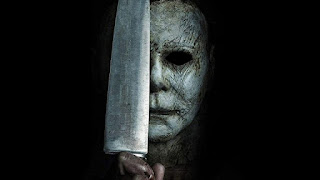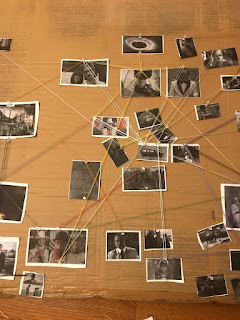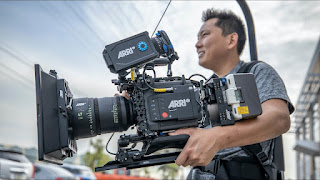planning blog 3: title design

(Planning Blog 3) Title Design Titles The opening credits of our film will appear embedded in the story world of our sequence. It will appear on the beige “Case files” while two interviewers are talking to a suspect. For example, our “Detectives” will slam a “Case file” down on the table with credits on there. Our working title now is: “Blurred Lines” The font or in this case the handwriting will appear rushed and be done messy yet still readable to give the appearance that whoever did write them was rushing to get them done and move onto the next case. The titles will be seen on screen on the case files, handwritten and will overall disappear after another file/ title is thrown on top of it or it is wiped off the desk physically. It will be written in black sharpie ink, so it will stand out against the beige of the folder. For the “Directed by” at the end of the sequence, we will be using a font like: This to simulate a typewriter like font and will be big.

